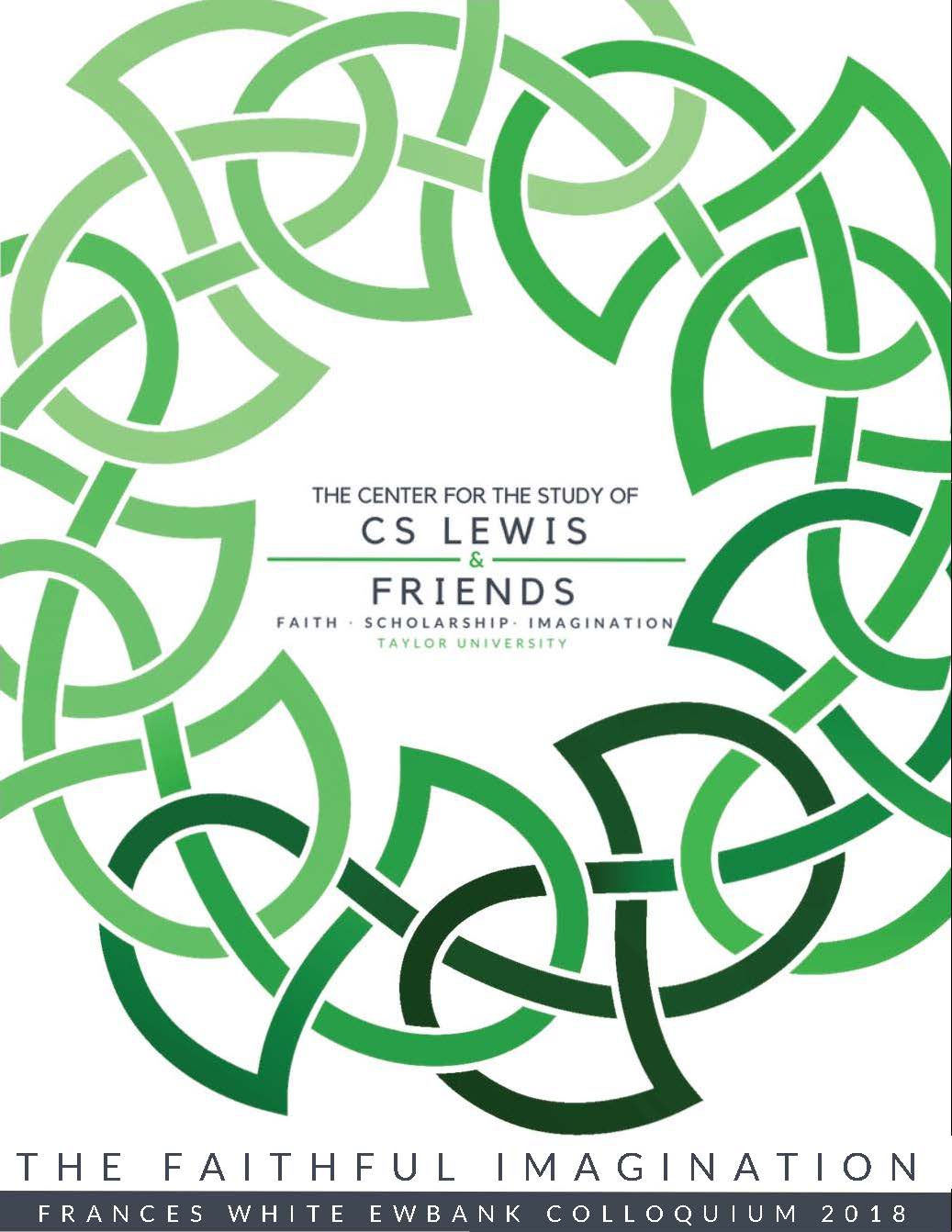Event Title
Concurrent Paper Session 6B: Lewis and Fellow Pilgrims
Location
Euler 130
Start Date
2-6-2018 10:45 AM
Description
"The Reunion Theme in the Letters of C.S. Lewis and Giovanni Calabria" - Larry FInk
In 1947 Father Giovanni Calabria (now beatified by the Catholic Church) and C. S. Lewis began a correspondence in Latin that lasted until 1953. Lewis and Father Calabria enjoyed an unqualified—though distant—experience of warm Christian fellowship. They repeatedly reference Christ’s prayer for unity among his followers found in John 17 and express their mutual hope to meet in heaven (though they never met in their earthly lives). This paper will argue that these letters are evidence that a genuine “unity of faith and love” can exist between individual Christians in spite of denominational differences. It will also highlight Lewis’s “latitude of speculation” (Hawthorne, The Scarlet Letter) and link it to two of his spiritual and literary mentors, John Milton and George MacDonald.
"The Pilgrimage Motif in C.S. Lewis and T.S. Eliot" - Janice Brown
Although C. S. Lewis and T. S. Eliot inhabited very different literary milieus and differed sharply in their approach to poetry, their spiritual insights overlapped and complemented one another. They are strikingly similar in their understanding of the pilgrimage of the soul through time and toward God. Both depict a journey rooted in emotional longing, a journey beset by struggle, ignorance, and discouragement, and a journey painfully prolonged. Both also show that the pilgrimage ends in a joyful home-coming. This paper examines the similarities of the motif of pilgrimage in the writings of Lewis and Eliot.
"Where the Dreams Cross: C.S. Lewis and T.S. Eliot" - David Downing
This presentation offers a comparative study of these two "frenemies," Eliot as the arch-Modernist when he published "Prufrock" and "The Wasteland" and Lewis the conservative who detested everything Eliot stood for. Throughout their twenties, both were taking very different paths toward Christian faith. Though their first personal meeting, arranged by Charles Williams, did not go at all well, they eventually moved to a position of mutual respect. In their later years, they were able to work collegially, even amicably, on the Anglican commission for revising the Psalter, and to share a few lunches with their wives. Ultimately their shared faith drew them together, even while their cultural convictions remained widely divergent.
Event Type
Paper
Concurrent Paper Session 6B: Lewis and Fellow Pilgrims
Euler 130
"The Reunion Theme in the Letters of C.S. Lewis and Giovanni Calabria" - Larry FInk
In 1947 Father Giovanni Calabria (now beatified by the Catholic Church) and C. S. Lewis began a correspondence in Latin that lasted until 1953. Lewis and Father Calabria enjoyed an unqualified—though distant—experience of warm Christian fellowship. They repeatedly reference Christ’s prayer for unity among his followers found in John 17 and express their mutual hope to meet in heaven (though they never met in their earthly lives). This paper will argue that these letters are evidence that a genuine “unity of faith and love” can exist between individual Christians in spite of denominational differences. It will also highlight Lewis’s “latitude of speculation” (Hawthorne, The Scarlet Letter) and link it to two of his spiritual and literary mentors, John Milton and George MacDonald.
"The Pilgrimage Motif in C.S. Lewis and T.S. Eliot" - Janice Brown
Although C. S. Lewis and T. S. Eliot inhabited very different literary milieus and differed sharply in their approach to poetry, their spiritual insights overlapped and complemented one another. They are strikingly similar in their understanding of the pilgrimage of the soul through time and toward God. Both depict a journey rooted in emotional longing, a journey beset by struggle, ignorance, and discouragement, and a journey painfully prolonged. Both also show that the pilgrimage ends in a joyful home-coming. This paper examines the similarities of the motif of pilgrimage in the writings of Lewis and Eliot.
"Where the Dreams Cross: C.S. Lewis and T.S. Eliot" - David Downing
This presentation offers a comparative study of these two "frenemies," Eliot as the arch-Modernist when he published "Prufrock" and "The Wasteland" and Lewis the conservative who detested everything Eliot stood for. Throughout their twenties, both were taking very different paths toward Christian faith. Though their first personal meeting, arranged by Charles Williams, did not go at all well, they eventually moved to a position of mutual respect. In their later years, they were able to work collegially, even amicably, on the Anglican commission for revising the Psalter, and to share a few lunches with their wives. Ultimately their shared faith drew them together, even while their cultural convictions remained widely divergent.


